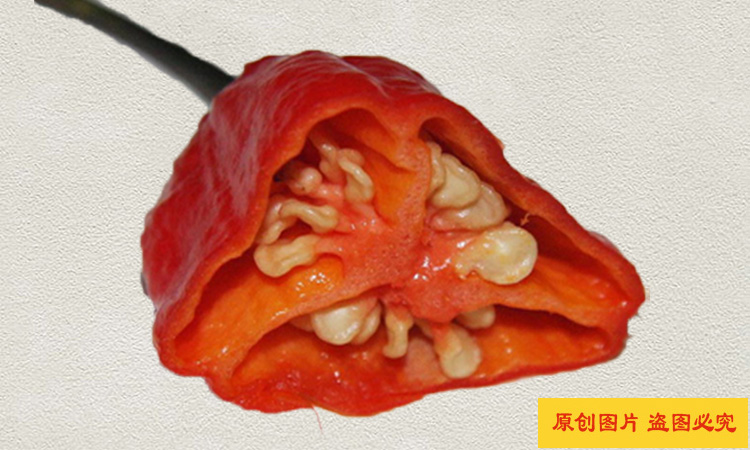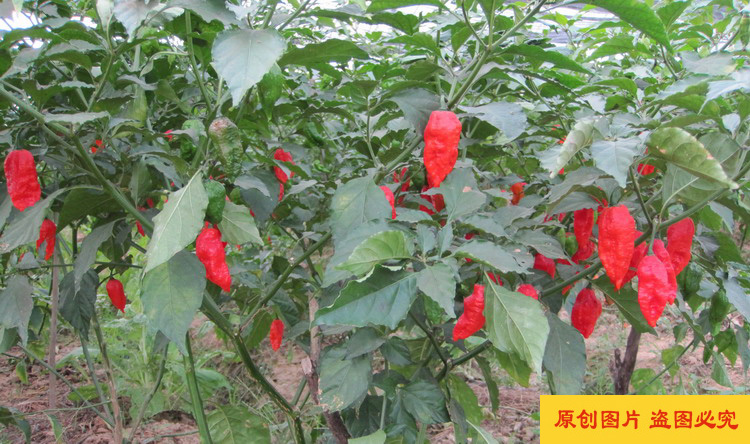Since there's some confusion: I imported a box of hard-to-find peppers from China with the intent to share seeds with the community. 
TLDR; click the link below and get some Shabu Shabu pods. Read on below for all of the details.
SASBE - Get a couple free Shabu Shabu pods! Open for as long as I have remaining pods.
SFRB - Get at least five of each pod from each vendor (25 pods total) for $15*. Limited to 10-12 boxes.
Both options also include Bullet Pepper pods that were also imported from China. Directions for both can be found here.
I see this as being a popular offer. Please use the provided link for directions, but feel free to PM me with any questions. I'm not sure if my little inbox would be able to handle the traffic, and I'd hate for anyone to slip through the cracks.
Mini FAQ
1) Why charge for a SFRB?
I'm in the hole a little over $120 on this project and it'd be nice to recoup some of the cost involved. I don't expect to make a cent on this venture.
2) Why order the same pepper from five different vendors?
I've seen more hype than science behind this pepper. I didn't want to go through the hassle of importing from China just to get a bag of Cayenne's or Bhut Jolokias. Sourcing product from a variety of vendors increases the likelihood of producing the real deal. I look forward to comparing how the differently sourced peppers will grow out.
3) Pics or it didn't happen.
See below.
_________________________________________________________________________________________________________
I've seen a few posts here and elsewhere over the last couple years about the elusive Shabu Shabu pepper, and I've spent the better part of the last month tracking them down. I've found that they're more commonly known as Trunk Shabu or Trunk Shabu Shabu. I've also seen them referred to as Shuan Shuan, Chuan Chuan, and Shabu Jolokia.
I found this excerpt from Jenny Songs during the course of my research. If you've read the other Shabu threads on the forum it's also going to help you to connect some dots.
Feeling hooked? I was, so I set out to import some Shabu Shabu peppers of my own. The first importer I spoke to flat-out rejected the idea -- the customs paperwork was too cumbersome for food products that weren't commercially sealed. Fair enough.
The second importer was more accommodating and didn't ask many questions. I won't go into the details, but the package made it through customs and it seemed like a fairly legitimate process. It took two weeks to source the pods from five different vendors in the region, an additional week from China to Canada, and just a few days from Canada to home.
All told, it ran me about $120 for 2kg of pods, shipping, and the importer's cut. It's been a pretty fun experience, and I look forward to seeing where this project goes! (and grows)
The Box!
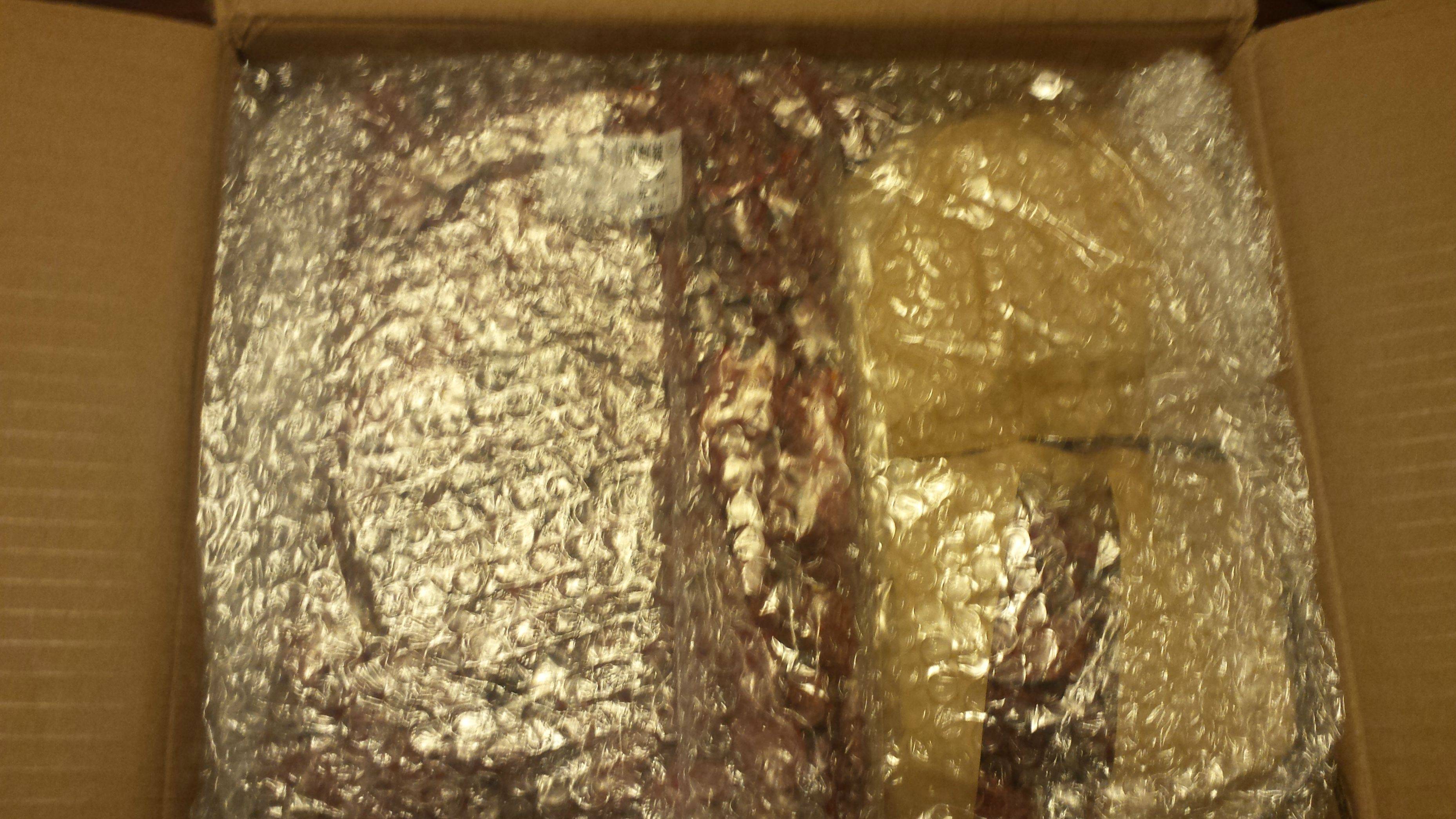
Chinese Bullet Peppers -- Highly recommended by an expat. These will be included in the SASBE or SFRB as well.
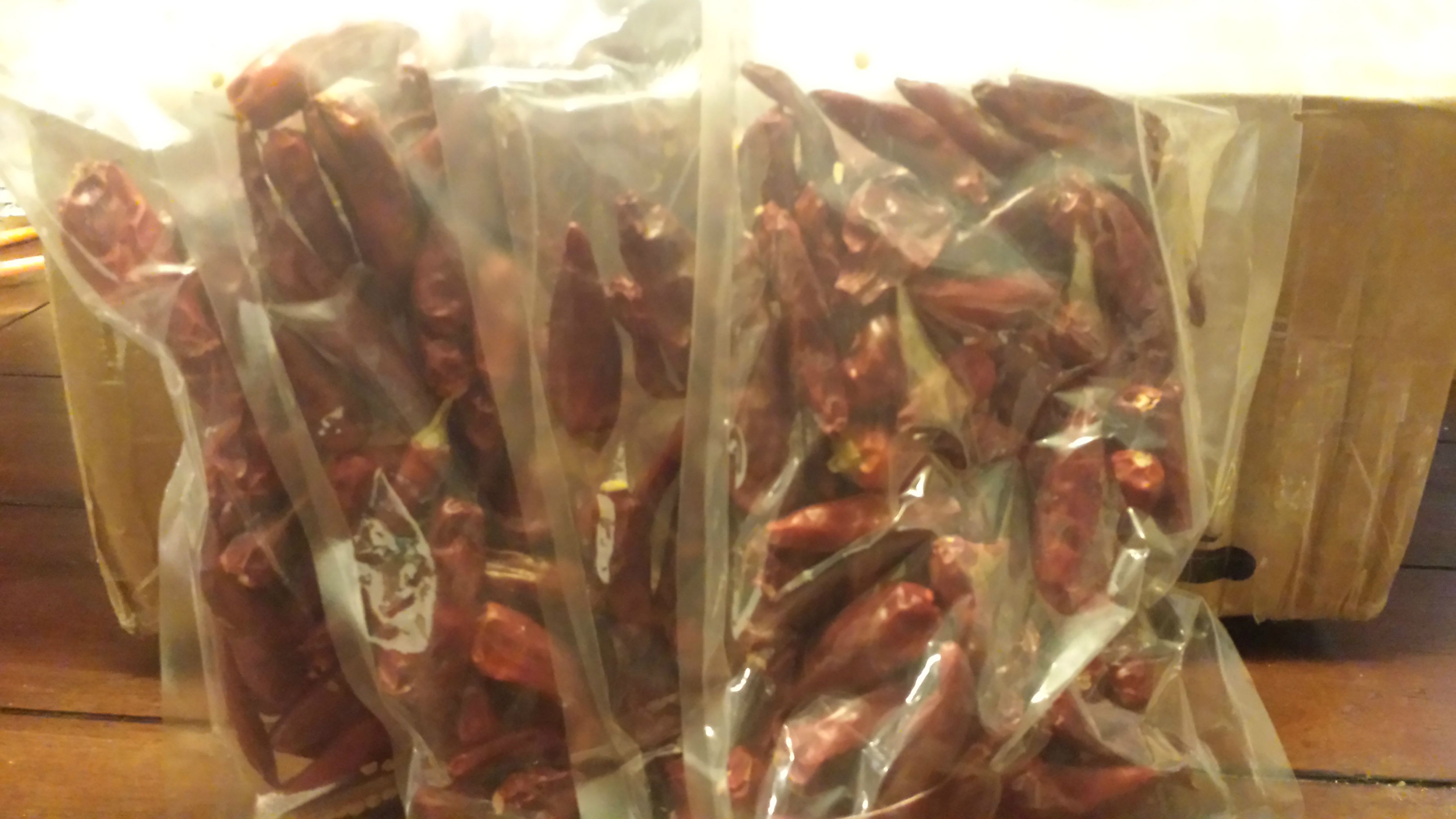
Vendor #1
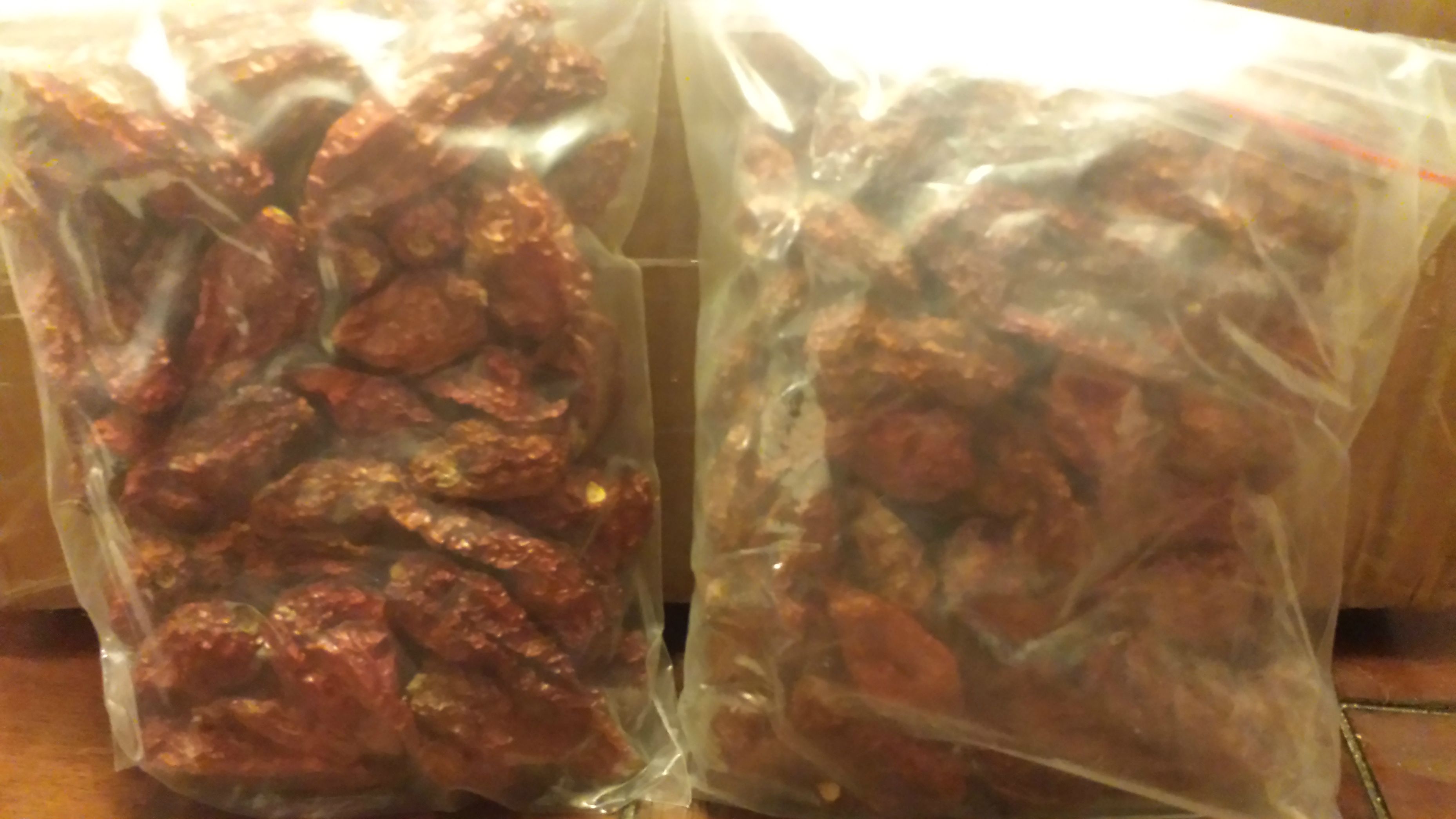
Vendor #2
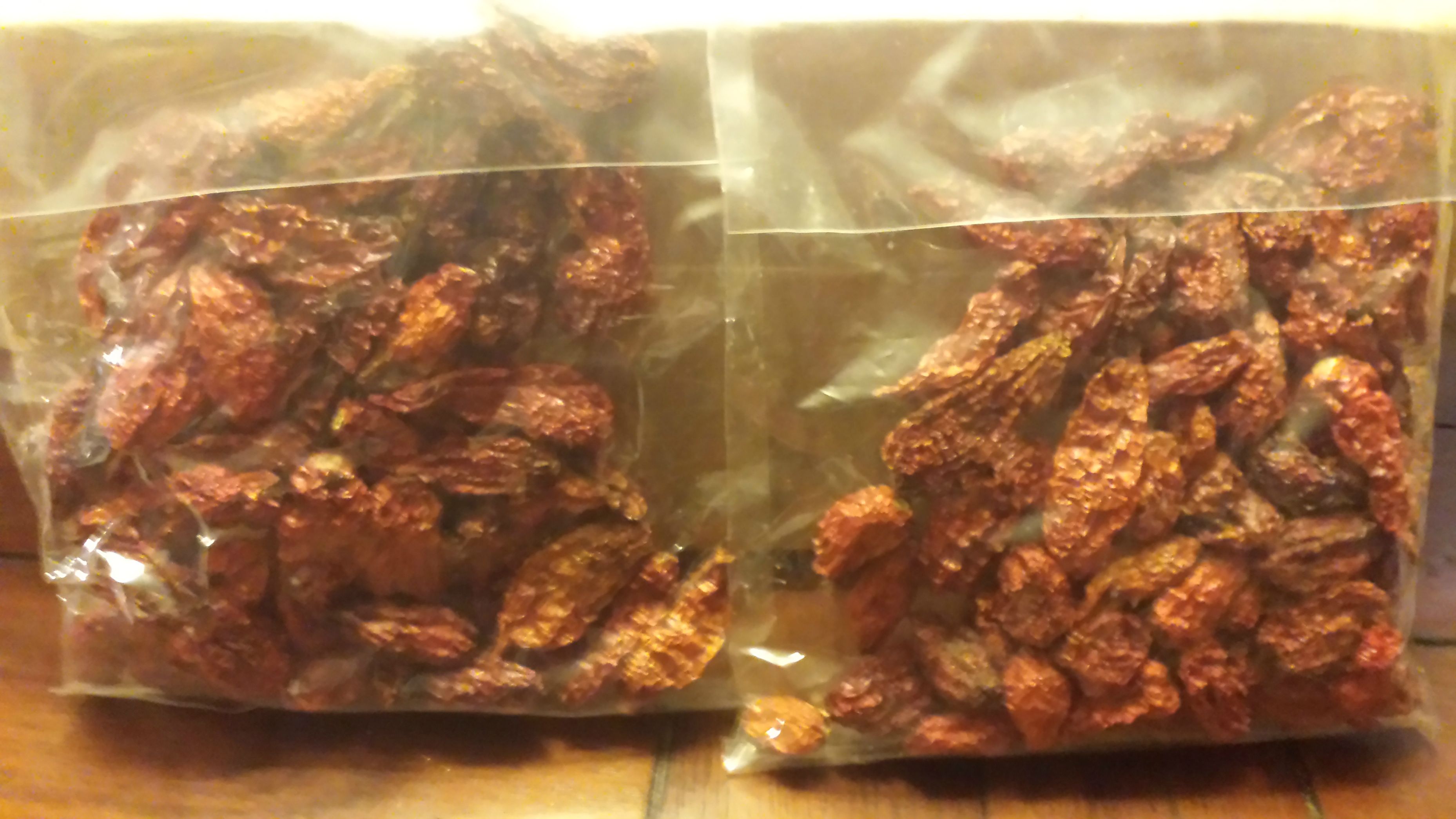
Vendor #3
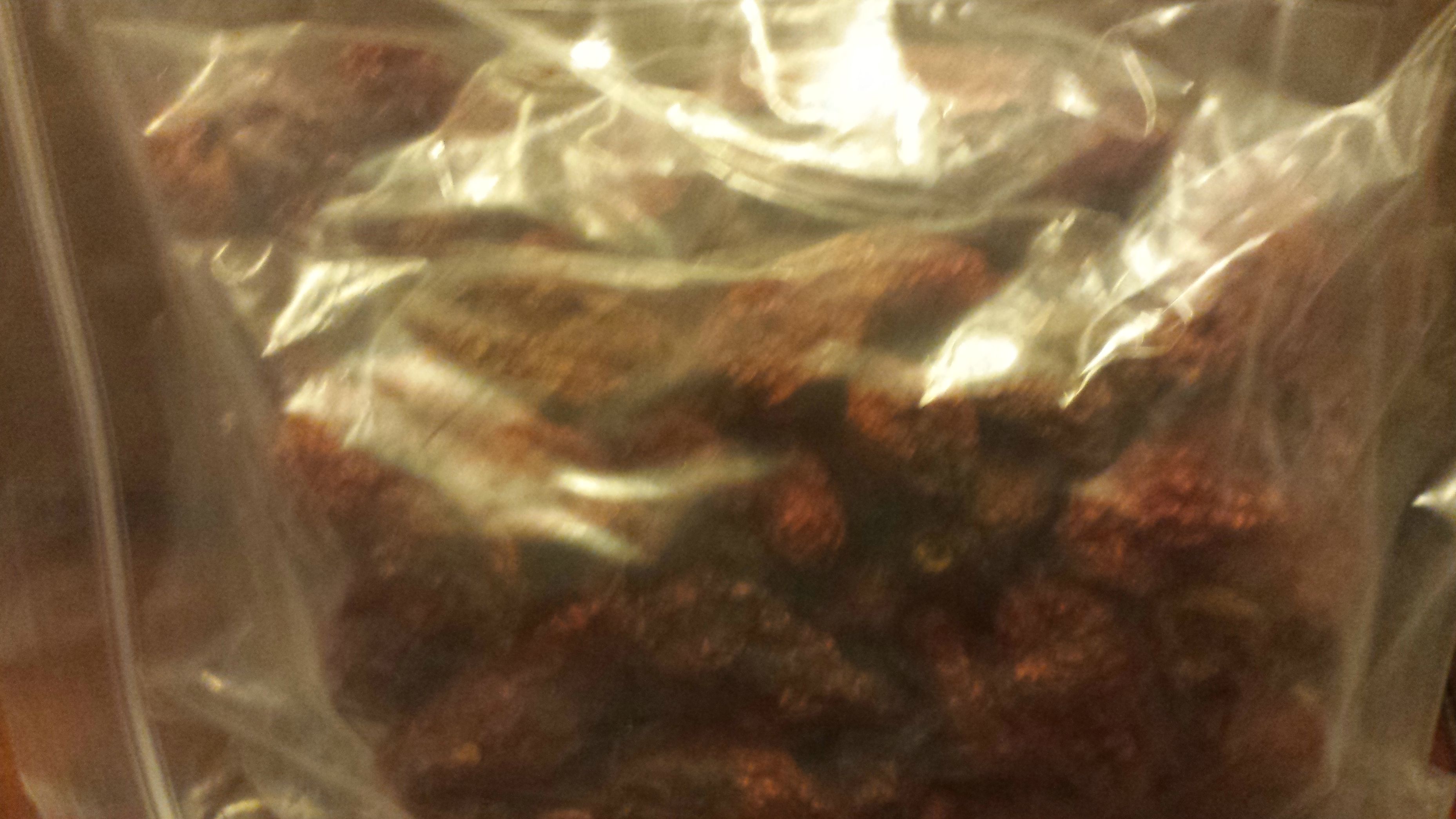
Vendor #4
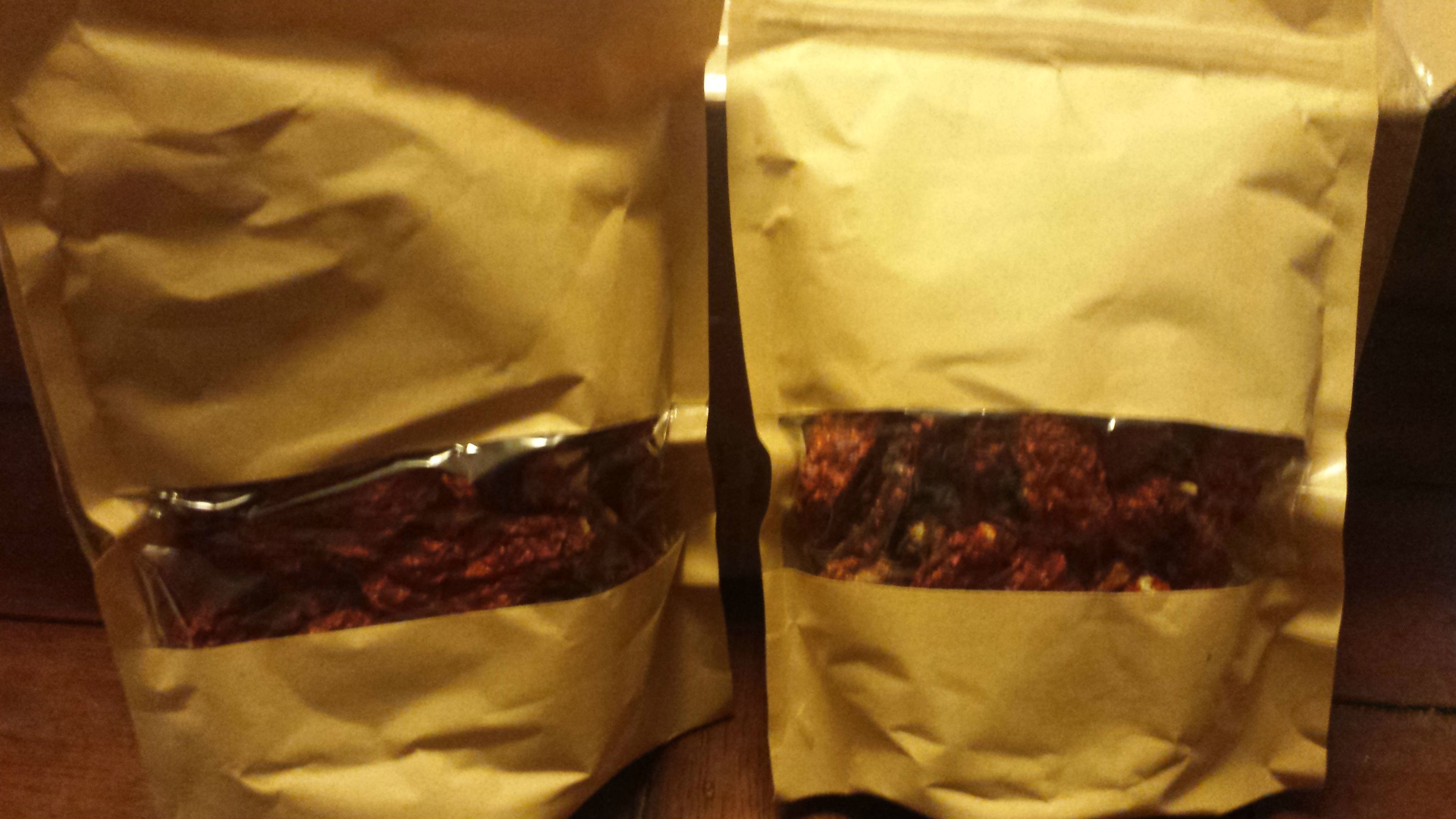
Vendor #5
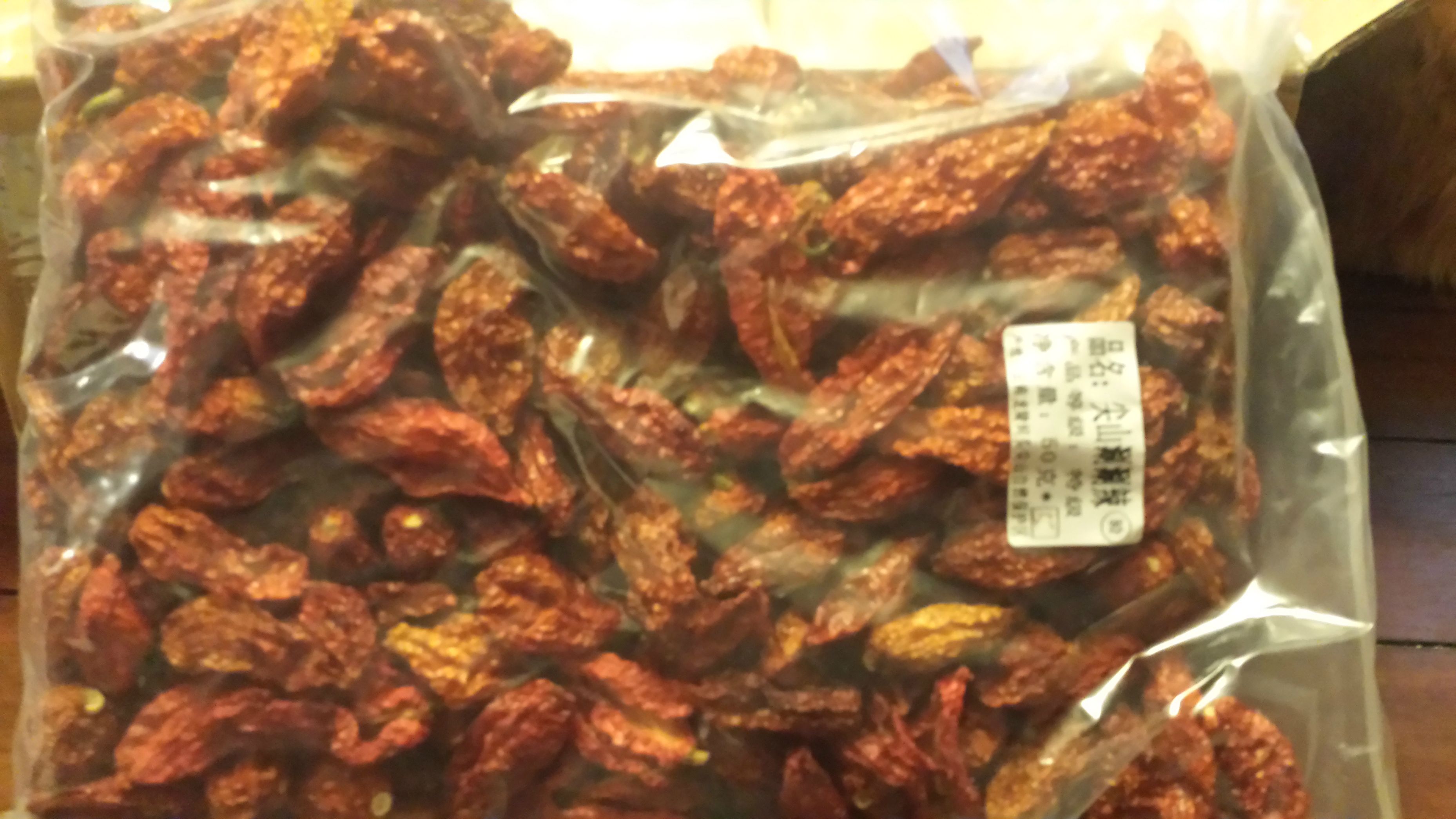

TLDR; click the link below and get some Shabu Shabu pods. Read on below for all of the details.
SASBE - Get a couple free Shabu Shabu pods! Open for as long as I have remaining pods.
SFRB - Get at least five of each pod from each vendor (25 pods total) for $15*. Limited to 10-12 boxes.
Both options also include Bullet Pepper pods that were also imported from China. Directions for both can be found here.
I see this as being a popular offer. Please use the provided link for directions, but feel free to PM me with any questions. I'm not sure if my little inbox would be able to handle the traffic, and I'd hate for anyone to slip through the cracks.
Mini FAQ
1) Why charge for a SFRB?
I'm in the hole a little over $120 on this project and it'd be nice to recoup some of the cost involved. I don't expect to make a cent on this venture.
2) Why order the same pepper from five different vendors?
I've seen more hype than science behind this pepper. I didn't want to go through the hassle of importing from China just to get a bag of Cayenne's or Bhut Jolokias. Sourcing product from a variety of vendors increases the likelihood of producing the real deal. I look forward to comparing how the differently sourced peppers will grow out.
3) Pics or it didn't happen.
See below.
_________________________________________________________________________________________________________
I've seen a few posts here and elsewhere over the last couple years about the elusive Shabu Shabu pepper, and I've spent the better part of the last month tracking them down. I've found that they're more commonly known as Trunk Shabu or Trunk Shabu Shabu. I've also seen them referred to as Shuan Shuan, Chuan Chuan, and Shabu Jolokia.
I found this excerpt from Jenny Songs during the course of my research. If you've read the other Shabu threads on the forum it's also going to help you to connect some dots.
At the far South Western tip of China lies Dehong, a small autonomous region of Yunnan. With a population of less than I million, mainly ethnic Dai, it is surrounded on three sides by Burma (Myanmar) and has long been the Southern gateway to the West. For many generations the people have been making trips into the sub tropical forests to collect a wild chilli. Returning 2-3 days later with only a few kilograms of their precious shabu shabu. Local legend has it that it protects them from rampaging Burmese elephants, because they rub their trunks on it as they rumble through the jungle and are sent screaming back to Burma. Up until recently it has only been consumed within the local area. It is a Naga type chilli. If you travel slightly North West through Burma you will arrive in Nagaland and at some stage a long time ago I guess either by trade or natural means one developed from the other. Which came first is a matter of conjecture and it may be that they both originated in Burma from a yet to be discovered source. The traditional way the locals use them is to hold the pods in chopsticks and dip them in the cook pot moving them from side to side in a swishing motion in the same way you would cook food in a Sichuan hotpot. In Japan this motion is called Shabu Shabu, in Sichuan shuan shuan涮涮. We obtained some pods in 2011 and supplied them to Pete Seymour (the late and great Chillipepper Pete). He had them tested and found them to be the hottest non greenhouse cultivated chilli he had come across and much higher than the normal field grown stock he was buying from Assam. In the last few years a few Dehong locals have started to cultivate them on a small scale (see pictures.) spurred on by the fact that China is importing small amounts of Naga Ghost chillies from India, and they can get around £50/kg for dried Shabu Shabu through internet selling within China. We asked our supplier last year if he was prepared to sell some of the seeds but he wanted too much for them to be a viable proposition. This year however he has realised that this may be potentially another market within China for him. We should have a few later in the month at around £2 per 10 if anyone is interested please contact us, they will be sold on a first come basis...
Feeling hooked? I was, so I set out to import some Shabu Shabu peppers of my own. The first importer I spoke to flat-out rejected the idea -- the customs paperwork was too cumbersome for food products that weren't commercially sealed. Fair enough.
The second importer was more accommodating and didn't ask many questions. I won't go into the details, but the package made it through customs and it seemed like a fairly legitimate process. It took two weeks to source the pods from five different vendors in the region, an additional week from China to Canada, and just a few days from Canada to home.
All told, it ran me about $120 for 2kg of pods, shipping, and the importer's cut. It's been a pretty fun experience, and I look forward to seeing where this project goes! (and grows)
The Box!

Chinese Bullet Peppers -- Highly recommended by an expat. These will be included in the SASBE or SFRB as well.

Vendor #1

Vendor #2

Vendor #3

Vendor #4

Vendor #5




